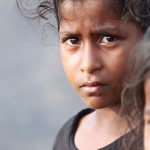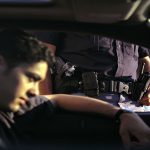
Spring break may mean sun and fun for lots of college kids, but it doesn’t mean they can forget about contact lens care, experts say. Your risk of eye infections increases if you wear contacts and do things such as sleep in them, shower or swim with them in, and not wash your hands before handling them — all of which are more likely to happen when you’re busy enjoying your spring break. The American Academy of Ophthalmology, American Academy of Optometry and the U.S. Centers for Disease Control and Prevention offer the following contact lens safety tips for travelers: Pack a spare pair of glasses. Take out your contact lenses before jumping into the water at a beach or pool. Take your contact lenses out before bed, even if you’re up late. Bring enough contact lens supplies with you on your trip. Don’t top off by adding new solution to old. Never wear contact lenses that were not prescribed to you, especially decorative lenses sold at souvenir shops. Always wash your hands with soap and water before touching your contact lenses. Remove your contact lenses and call an eye doctor immediately if you experience redness, pain, tearing, discharge or swelling of your eyes, as well as increased light sensitivity or blurred vision. “Most people don’t think of contact lenses as a medical device, but… read on >






















-300x200.jpg)










